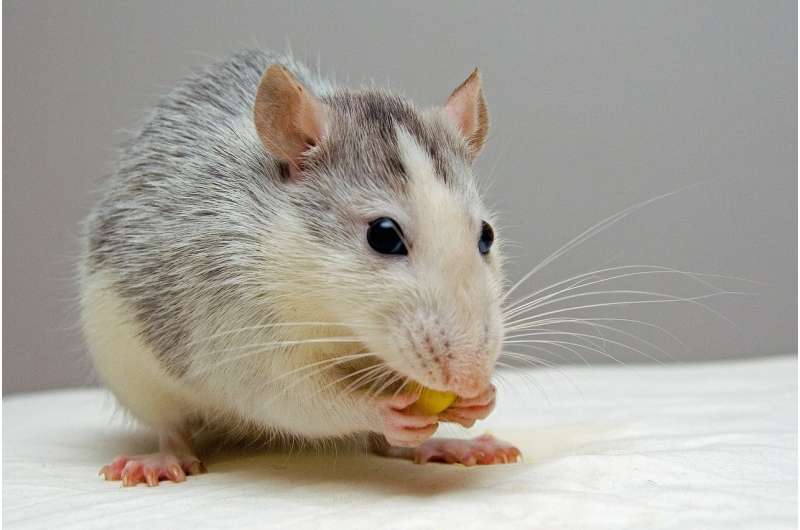Noninvasive brain stimulation rescues cocaine-induced inflexibility in rats


A major impediment to treatment of substance use disorder (SUD) is a loss of behavioral flexibility, whereby one’s judgment is impaired such that their actions continuously result in negative consequences. Such decisions include continuing to use drugs, but this inflexibility extends to other areas of life and can continue even well into abstinence from drug use. Previous research in animals suggests that this inflexibility can be traced to reduced neural signaling in brain regions critical for behavioral flexibility.
Now, a new study led by Elizabeth West, Ph.D., and Regina Carelli, Ph.D., of the Carolina Center for Neurostimulation, University of North Carolina, Chapel Hill, NC, U.S., shows that a noninvasive form of brain stimulation used in cocaine-exposed rats kick-started the brain activity and restored behavioral flexibility in the rodents. The paper appears in Biological Psychiatry, published by Elsevier.
“Cocaine use disorder outcomes in treatment can be quite poor, and there are no FDA-approved pharmacotherapies,” said John Krystal, MD, Editor of Biological Psychiatry. “One of the challenges in treatment is that people who compulsively use cocaine have difficulty reorienting the focus of their behavior adaptively; they are ‘locked in’ to their focus on cocaine.”
The researchers developed a novel model of transcranial alternating current stimulation (tACS) in rats. Alternating current is like the electricity that powers household appliances; it reverses directions many times per second. Oscillating tACS is a relatively new way to stimulate the brain, in contrast to transcranial direct current stimulation (tDCS), which delivers a non-oscillating current, like an electric shock. Because the activity of brain networks also oscillate, tACS is thought to stimulate the brain differently than tDCS. The technology may have potential for treating disease and enhancing brain activity.
For this study, rats were exposed to cocaine for several days and then trained on a Pavlovian conditioning paradigm. Rats demonstrated behavioral inflexibility after exposure to cocaine by continuing to respond to a cue that signaled an imminent reward, even after the reward was “devalued,” in this case by pairing a nauseating chemical with the sugar pellet reward. Rats that received tACS “treatment” were able to modify their behavior to avoid the cue paired with the devalued reward, whereas cocaine-exposed rats without tACS did not.
The investigators also employed optogenetics, a technology that allowed them to control the activity of specific types of neurons with light from a fiber optic implant. Those experiments revealed a specific brain circuit, from an area called the prelimbic cortex to another region called the nucleus accumbens deeper within the brain, that underlies flexible behavior.
Dr. West said of the study, “Using a noninvasive brain stimulation paradigm, tACS, to target specific brain oscillations, we were able to restore disrupted brain activity in this circuit and rescue flexible behavior in cocaine-exposed rats.”
“This study showcases the lasting effects of cocaine and the potential for non-invasive brain stimulation as a viable treatment for the impaired decision-making behaviors that are a hallmark of SUDs,” added Dr. Carelli.
Source: Read Full Article